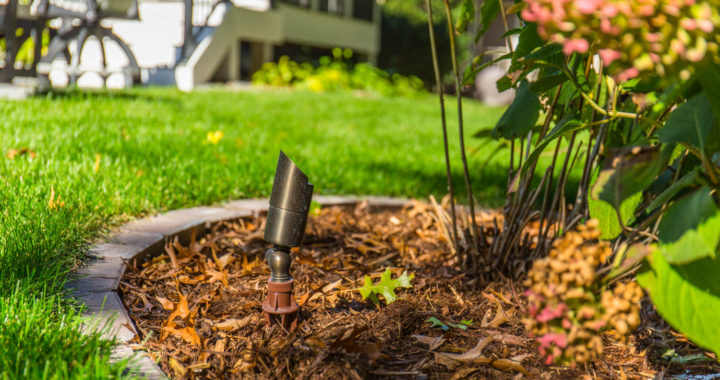6 Easy Steps to Fall Lawn Care
It’s that time of year again. Days are shortening, leaves are starting to fall from the trees, and there’s a hint of coolness in the air. Fall – the last hurrah before winter.
Oh yes, I’ve seen it. People are tired of taking care of their lawns by this time of the year. However, if you can take a few minutes outside to manage these six fall tasks, you’ll be ahead of the game next spring.
- Not too short, not too long. It’s best to keep your lawn to a height of around two inches throughout the fall. If the grass gets longer than three inches, it will mat, which can lead snow mold. If shorter than two inches, grass will be limited in its ability to make and store food for spring growth.
- Scratch that thatch. Thatch is a build-up of living and dead grass roots and stems between the soil and green grass blades. When the soil compacts, oxygen and nutrient supplies are cut off from the roots. Aeration loosens the earth by removing soil plugs. Bald spots in your yard, matted grass, and sparse new growth are signs that your lawn is yearning for some aeration!
- Put a little muscle into it. Lawn raking removes excess organic debris and prevents heavy, wet leaves from suffocating grass. Those dense, moist environments are a breeding ground for disease. Better yet, mulch those leaves and apply them to your lawn. Leaves won’t contribute to thatch, and can act as another fertilizer application.
- So… thirsty… Even though temperatures are cooler now, your lawn still needs water to sustain growth. Water early in the day to avoid evaporation and disease. Continue to water as needed until the ground is cold and beginning to freeze.
- So… hungry… It’s time to apply that final dose of fertilizer. Fall fertilization helps maintain your lawn’s root health and replenish lost nutrients. Lawns that receive late-season fertilizing are often the first to begin growing in the spring.
- Weed – it’s such a dirty word. September and October are the perfect months to control perennial broadleaf weeds such as dandelions, clover, and Creeping Charlie. In the fall, these weed prepare for winter by pulling nutrients and starches into the roots. What an optimal time for spraying an herbicide! [Just make sure that the temperature is above 50 degrees.] Don’t worry, grass will quickly fill in the bare spots created after the weeds die.
There you have it, six simple steps to getting a jump on next year’s lawn care. Now get out there and enjoy the beautiful weather – don’t forget what lurks ahead.
If this sounds like too much work, no worries! The staff of McDonough Landscaping will take care of all your outdoor needs. Appointment times are booking quickly, so call us today at 651.755.7901.
